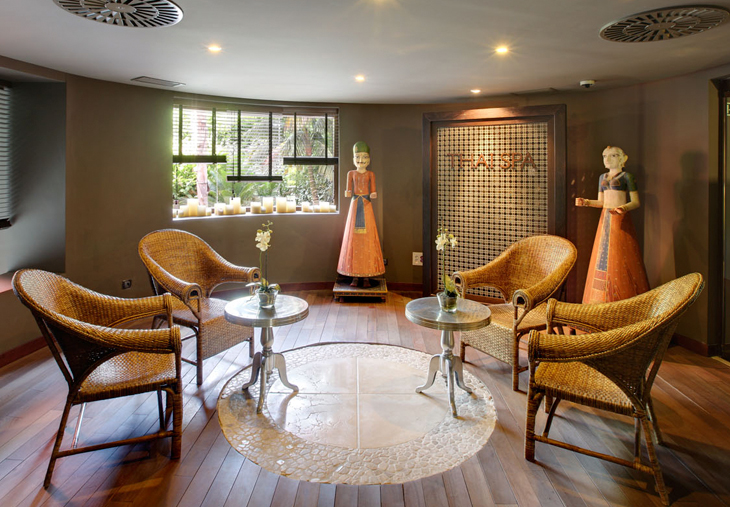TRADITIONAL INDIAN FOOTWEAR
Once again, welcome to the Asia Gardens Hotel & Thai Spa, the best 5-star Asian luxury hotel in the Mediterranean. Get comfortable and kick off your shoes if you like as it is precisely shoes that we are going to talk about today in our blog, traditional Indian footwear.
Many people think that in India shoes aren’t an important part of people’s outfits simply because many locals walk around barefoot, but there is nothing further from the truth.
In India, a lot of attention is focused on feet due to the symbolic and ritual meaning behind them. Shoes are more than mere practical items; they portray a historical and spiritual symbolism.
When the feet touch the ground this enhances their energy as it brings them closer to earth. That is the reason why the feet of the elderly are worshipped, as they have been in contact with earth for longer and they therefore have “more vital energy and wisdom”.
Traditional Indian costumes show how women give feet a lot of thought, as well as their face and hair. These are cleaned and treated frequently to wash dirt away and soften their skin. They have their feet massaged with scented oils for pleasure, relaxation and wellbeing. They then apply red paint to the soles of their feet, and also in special occasions they would draw designs on the upper part, also applying jewellery at times.
Different-style shoes started to become more important in time. These are some of the most traditional ones in India nowadays:
– CHAPPALS: A type of basic leather sandal for basic skin protection. Feet are left quite exposed and therefore in close contact with the earth. Chappals became one of the most common types of shoe in India in the 3rd Century B.C., and it currently continues to be the most used type of shoe.
– JUTTI: Often made of buffalo, camel or cow skin. Nowadays, other fabrics are also used to make them. The Juttis may cover the whole foot and are often decorated with cotton, silk or gold embroidery or they sometimes even have woolly pom poms. This kind of shoe has a narrow and flat top with a straight sole which makes no distinction between left and right foot. They can open or closed at the heel.
There are many different Jutti design variations and decorations depending on the area.
– KHAPUSAS: Heavy knee-length boots used to protect legs from the snow, snakes, rocks and the cold. The Khapusas used to be used in the north of India, especially in the Himalayas during the 1st Century AD.
– PAKUDA: Also known as Khadaun, Kharawan and Karom, is the most basic form of foot protection. A simple Paduka has a wooden sole with a button placed between two toes. This type of shoe has been part of Indian attires since at least the 7th Century AD, but in modern times they are hardly ever used, although they are still considered a symbol of devotion in religious ceremonies.
If your feet and your body are also very important for you, come visit our 5-star luxury hotel. At the Asia Gardens Hotel & Thai Spa, we will help you unwind and relax. It will be a unique experience. Are you going to miss out on it? Come visit us.



